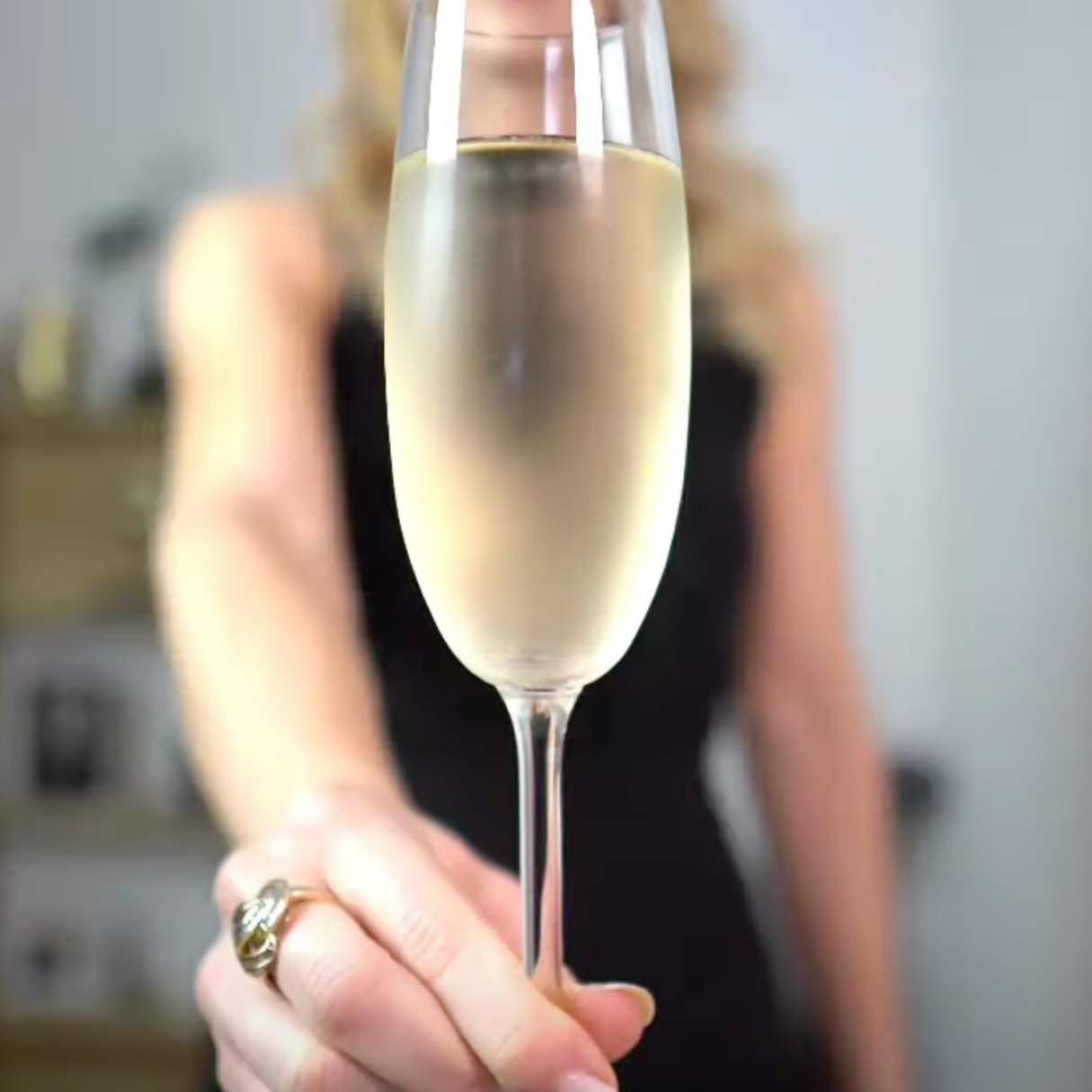

Tableware
How Were Champagne Flutes Invented?
Modified: November 1, 2024
Discover the fascinating story behind the invention of champagne flutes, a popular type of tableware that enhances the sparkling wine experience.
(Many of the links in this article redirect to a specific reviewed product. Your purchase of these products through affiliate links helps to generate commission for Storables.com, at no extra cost. Learn more)
Introduction
When it comes to celebrating a special occasion or indulging in a luxurious drink, champagne is often the beverage of choice. And what better way to enjoy the bubbly goodness than by raising a glass designed specifically for this iconic drink? Enter the champagne flute – a tall, slender glass with a narrow bowl. But have you ever wondered how this elegant glassware came to be? In this article, we will explore the fascinating origins of champagne flutes and their evolution over time.
In order to understand the history of champagne flutes, it is essential to delve into the background of the wine glass itself. Wine has been enjoyed for thousands of years, and throughout history, various types of glassware have been used to enhance the drinking experience. From amphorae and clay vessels to goblets and chalices, the shape and style of wine glasses have evolved alongside the beverage itself.
It wasn’t until the 18th century, in the region of Champagne, France, that the specific shape of the champagne flute began to take form. Prior to that, champagne was typically served in wide-rimmed glasses or even bowls, which didn’t allow for the full appreciation of the wine’s unique characteristics.
As the popularity of champagne grew, so did the demand for glassware that would enhance its effervescence and aroma. This led to a shift in glass design, as artisans and glassmakers sought to create a vessel that would capture and showcase the essence of the sparkling wine.
One important development in the evolution of champagne flutes came in the late 17th century when the technique of making glass with lead oxide was discovered. This discovery allowed for the creation of delicate, lightweight glasses that were both visually appealing and practical for enjoying champagne.
Stay tuned as we dive deeper into the intriguing history of the champagne flute, exploring the influence of the wine glass shape, the development of the signature tulip shape, the role of Christopher Merret in champagne glass innovation, and the widespread popularity of champagne flutes today.
Key Takeaways:
- The tulip-shaped champagne flute, born from the desire to enhance the effervescence and aroma of champagne, has become an iconic symbol of luxury and celebration, revolutionizing the way we enjoy this sparkling wine.
- Christopher Merret’s pioneering work on fermentation and preservation of wines laid the scientific groundwork for the development of champagne flutes, shaping the sensory experience and elegance of champagne consumption.
Read more: How To Clean Champagne Flutes
The Origins of Champagne Flutes
The origins of champagne flutes can be traced back to the early 18th century in the Champagne region of France. At that time, champagne was becoming increasingly popular among the French aristocracy and the emerging middle class. As the demand for champagne grew, so did the need for a glass specifically designed to enhance the drinking experience.
Prior to the creation of champagne flutes, champagne was typically served in wide-rimmed glasses or even bowls. However, these vessels did not showcase the wine’s effervescence or allow for the appreciation of its delicate aromas and flavors.
Artisans and glassmakers in the Champagne region recognized the need for a glass that would capture and amplify the bubbles and aromas of champagne. They began experimenting with different shapes and designs in an effort to create the perfect vessel. It was during this time that the iconic tulip shape, with its long, slender stem and narrow bowl, started to emerge.
The tulip shape was chosen for its ability to concentrate the aromas of the champagne and preserve its effervescence. The narrow bowl helped to prevent the bubbles from dissipating too quickly, allowing the drinker to fully enjoy the lively carbonation. The long stem not only added an elegant touch but also kept the heat from the hands away from the bowl, helping to maintain the wine’s optimal temperature.
Over time, the tulip shape became the standard for champagne flutes, and it remains the most recognized and widely used design to this day. Its elegant and sophisticated appearance adds to the overall enjoyment of champagne, giving it a touch of luxury and elegance.
It’s worth noting that while the tulip shape is the most common style of champagne flute, there are variations that cater to different preferences. Some flutes have a slightly wider bowl, allowing for a greater surface area for the release of aromas. Others have a more pronounced inward curve at the top, which directs the aromas towards the nose.
Overall, the origins of champagne flutes can be attributed to the desire to enhance the drinking experience of champagne, to fully capture the effervescence and delicate aromas of this iconic sparkling wine. The tulip shape, with its elegant design and practical features, has become synonymous with celebration, luxury, and the art of champagne appreciation.
The Influence of the Wine Glass Shape
The shape of a wine glass plays a significant role in the overall drinking experience, and this holds true for champagne as well. The design of the glass greatly impacts the way the champagne’s aromas are released, how the bubbles interact with the wine, and even how the liquid flows into the mouth.
The traditional wine glass features a wide bowl, which allows the wine to come into contact with the air, allowing it to “breathe” and release its aromas. While this shape might be suitable for still wines, it is not ideal for capturing the unique effervescence and delicate aromas of champagne.
This is where the distinctive shape of the champagne flute comes into play. The elongated, narrow bowl of the flute helps to concentrate the aromas of the champagne, allowing the drinker to fully experience the bouquet. The extended surface area of the wine in the narrow bowl also helps to retain the bubbles and prolong the mousse, ensuring a more effervescent and lively drinking experience.
In addition to the bowl shape, the stem of the wine glass also serves a purpose. In the case of champagne flutes, the long stem not only adds an elegant aesthetic but also serves a practical function. By holding the stem instead of the bowl, the heat from the hands is kept away from the wine, preserving its optimal temperature and preventing premature warming.
It is worth mentioning that there are other wine glass shapes, such as the coupe, that were popular in the past for serving champagne. The coupe glass, with its wide, shallow bowl, became popular in the early 20th century. However, this shape is not ideal for showcasing the aromas and maintaining the desired effervescence of champagne. The larger surface area and shallow bowl result in a quicker dissipation of bubbles and a less concentrated aroma experience.
Ultimately, the influence of the wine glass shape on the champagne-drinking experience cannot be understated. The design of the flute allows for the optimal appreciation of the sparkling wine’s aromas, flavors, and bubbles. It enhances the visual appeal, elegance, and sophistication, making it the glass of choice for champagne enthusiasts worldwide.
The Development of the Tulip Shape
The development of the tulip shape for champagne flutes can be attributed to a combination of factors, including the desire to enhance the drinking experience of champagne and the advancements in glassmaking techniques.
During the late 17th century, glassmaking in Europe underwent significant advancements with the discovery of the technique of adding lead oxide to glass. This innovation resulted in the creation of delicate, lightweight glassware that was both visually appealing and practical for enjoying champagne.
With this new glassmaking technique, artisans and glassmakers began experimenting with different shapes and designs for champagne glasses. The goal was to create a vessel that would capture and enhance the effervescence, aromas, and flavors of this unique sparkling wine.
The tulip shape emerged as the preferred design for champagne flutes. The long, slender stem and narrow bowl were carefully crafted to maximize the champagne-drinking experience.
The narrow bowl of the tulip shape not only concentrates the aromas of the champagne but also helps to retain the carbonation. The bubbles have less space to dissipate, resulting in a more lively and festive drinking experience. The narrow opening at the top of the glass helps to focus the aromas, directing them towards the drinker’s nose, allowing for better appreciation of the wine’s complexity.
Furthermore, the long stem of the tulip-shaped flute serves multiple purposes. It adds an elegant and sophisticated aesthetic, elevating the overall drinking experience. Additionally, by holding the stem rather than the bowl, the heat from the hands is kept away from the wine, helping to maintain its optimal temperature and ensuring that the bubbles stay effervescent for longer.
The development of the tulip shape for champagne flutes revolutionized the way champagne was enjoyed. It allowed for a heightened sensory experience, inviting drinkers to savor the champagne’s aromas, flavors, and effervescence to the fullest.
Today, the tulip shape remains the most widely recognized and used design for champagne flutes. While variations and alternative shapes exist, the tulip shape continues to be favored for its ability to showcase champagne’s unique attributes and add a touch of elegance to any celebratory occasion.
The champagne flute was invented in the 1700s in England, as a response to the popularity of sparkling wine. The tall, narrow shape helps preserve the bubbles and aroma of the champagne.
The Role of Christopher Merret
When discussing the development and innovation of champagne flutes, it is impossible to overlook the significant contribution made by Christopher Merret, an English scientist and physician, during the late 17th century.
In 1662, Merret presented a paper to the Royal Society of London titled “Some Observations Concerning the Ordering of Wines.” In this groundbreaking paper, Merret described his experiments and observations regarding the use of glass bottles for the fermentation and preservation of wines, including champagne.
Merret’s paper laid the foundation for understanding the scientific aspects of winemaking, including the conversion of sugar into alcohol through the process of fermentation. He noted that by adding a specific amount of sugar to wine, a secondary fermentation would occur, resulting in the production of carbon dioxide – the source of champagne’s characteristic bubbles.
Merret’s observations were revolutionary at the time and contributed to a deeper understanding of how champagne was made. His work not only shed light on the winemaking process but also had a significant impact on the design of glassware used for serving champagne.
Merret’s discoveries regarding secondary fermentation and the importance of preserving the bubbles in sparkling wine directly influenced the design of champagne flutes. His research highlighted the need for a glass that could maintain the effervescence of champagne while allowing the drinker to fully appreciate its aromas and flavors.
By focusing on the science behind the creation of champagne, Merret paved the way for glassmakers and artisans to experiment with different shapes and designs. The ensuing innovations led to the development of the tulip shape, which became the gold standard for champagne flutes.
Christopher Merret’s work was not only significant for the development of champagne flutes but also had a lasting impact on the broader field of winemaking. His contributions to the understanding of fermentation and the preservation of wines laid the groundwork for advancements in viticulture and enology.
Although Merret’s work was initially overlooked, his research and theories became widely recognized and appreciated years after his paper was published. Today, he is considered one of the pioneering figures in the scientific study of wine and an influential contributor to the evolution of champagne flutes.
It is through the investigations and insights of Christopher Merret that we can fully grasp the scientific underpinnings behind the creation and design of the iconic tulip-shaped champagne flutes we enjoy today.
The Spread and Popularity of Champagne Flutes
Over the centuries, the popularity of champagne flutes has spread far beyond the Champagne region of France, becoming a preferred choice for serving champagne around the world. The elegance, functionality, and ability to enhance the champagne-drinking experience have made champagne flutes an iconic symbol of celebration and luxury.
By the 19th century, champagne had gained international acclaim and became synonymous with celebrations, making the demand for proper glassware even more significant. As more people discovered and fell in love with the effervescent wine, the need for champagne flutes grew, leading to their widespread production and distribution.
Champagne flutes were embraced by the upper classes and became a status symbol for those who enjoyed luxury and refinement. Their elegant design and association with celebratory occasions made them desirable for special events such as weddings, anniversaries, and important social gatherings.
The popularity of champagne flutes continued to rise throughout the 20th century, as champagne became more accessible to a wider audience. With the advancements in manufacturing techniques, mass production of glassware became possible, making champagne flutes more affordable and readily available to people from different walks of life.
Additionally, the introduction of crystal glassware further enhanced the allure of champagne flutes. Crystal glass, with its high lead content, offers exceptional clarity and brilliance, elevating the visual experience of enjoying champagne. The delicate and ornate designs on crystal flutes added a touch of extravagance, making them highly coveted by enthusiasts and collectors.
Today, champagne flutes are a staple in homes, restaurants, and bars around the world. They are not only essential for serving champagne but also commonly used for other sparkling wines and cocktails. The long, slender stems, the elegant lines of the bowls, and the bubbling effervescence captured within them create a sense of sophistication and festivity.
Although there have been variations and alternative shapes introduced over the years, such as the tulip-shaped coupes and more modern designs, the classic tulip shape remains the most iconic and beloved silhouette for champagne flutes.
In recent years, there has been a growing trend towards unique and personalized champagne flutes. From engraved designs to custom-made creations, individuals have found creative ways to make their champagne-drinking experience more memorable and personal. This customization further cements the enduring popularity of champagne flutes in modern times.
When preparing to celebrate a special occasion, toast to an achievement, or simply enjoy a glass of bubbly, remember to set your table with champagne flutes. These flutes are the go-to choice for savoring champagne’s effervescence, aroma, and flavor. Their timeless elegance and association with celebration make them an essential element of any champagne experience.
Conclusion
The evolution of champagne flutes is a testament to the ingenuity and craftsmanship of glassmakers, as well as the desire to enhance the drinking experience of champagne. From the wide-rimmed glasses and bowls of the past to the iconic tulip shape of today, champagne flutes have become synonymous with elegance, celebration, and luxury.
The origins of champagne flutes trace back to the Champagne region of France in the 18th century, where the need for a glass that could fully capture and showcase the unique characteristics of champagne became apparent. Glassmakers, fueled by advancements in glassmaking techniques and inspired by the growing popularity of champagne, sought to create a vessel that would enhance the effervescence, aromas, and flavors of the sparkling wine.
The tulip shape emerged as the ideal design for champagne flutes, with its long, slender stem, narrow bowl, and narrow opening. This shape concentrates the aromas and preserves the effervescence, creating a visually stunning and immersive sensory experience for champagne lovers.
The role of Christopher Merret, with his groundbreaking observations on the fermentation and preservation of wines, cannot be overstated. His contributions laid the foundation for a deeper understanding of the science behind champagne and influenced the design of glassware used to serve it.
As champagne’s popularity spread, so did the demand for proper glassware. Champagne flutes became a symbol of sophistication and became synonymous with special occasions and memorable moments. Their elegance, functionality, and association with celebration made them highly sought after by individuals from all walks of life.
Today, champagne flutes continue to be an essential component of any champagne-drinking experience. Their classic tulip shape, combined with the advancements in glassmaking and crystalware, creates a unique and visually stunning way to enjoy the effervescent wine.
While there may be variations and personalized touches to champagne flutes, the underlying purpose remains the same – to elevate and enhance the enjoyment of champagne. Whether you are toasting to a milestone, marking a special occasion, or simply indulging in a glass of bubbly, champagne flutes offer an elegant and sophisticated way to fully appreciate the magic of champagne.
So, the next time you raise a glass of champagne, take a moment to appreciate the craftsmanship and history behind the iconic champagne flutes in your hand. Cheers to the centuries of innovation, style, and celebration that have made champagne flutes an essential part of the tableware world.
Frequently Asked Questions about How Were Champagne Flutes Invented?
Was this page helpful?
At Storables.com, we guarantee accurate and reliable information. Our content, validated by Expert Board Contributors, is crafted following stringent Editorial Policies. We're committed to providing you with well-researched, expert-backed insights for all your informational needs.
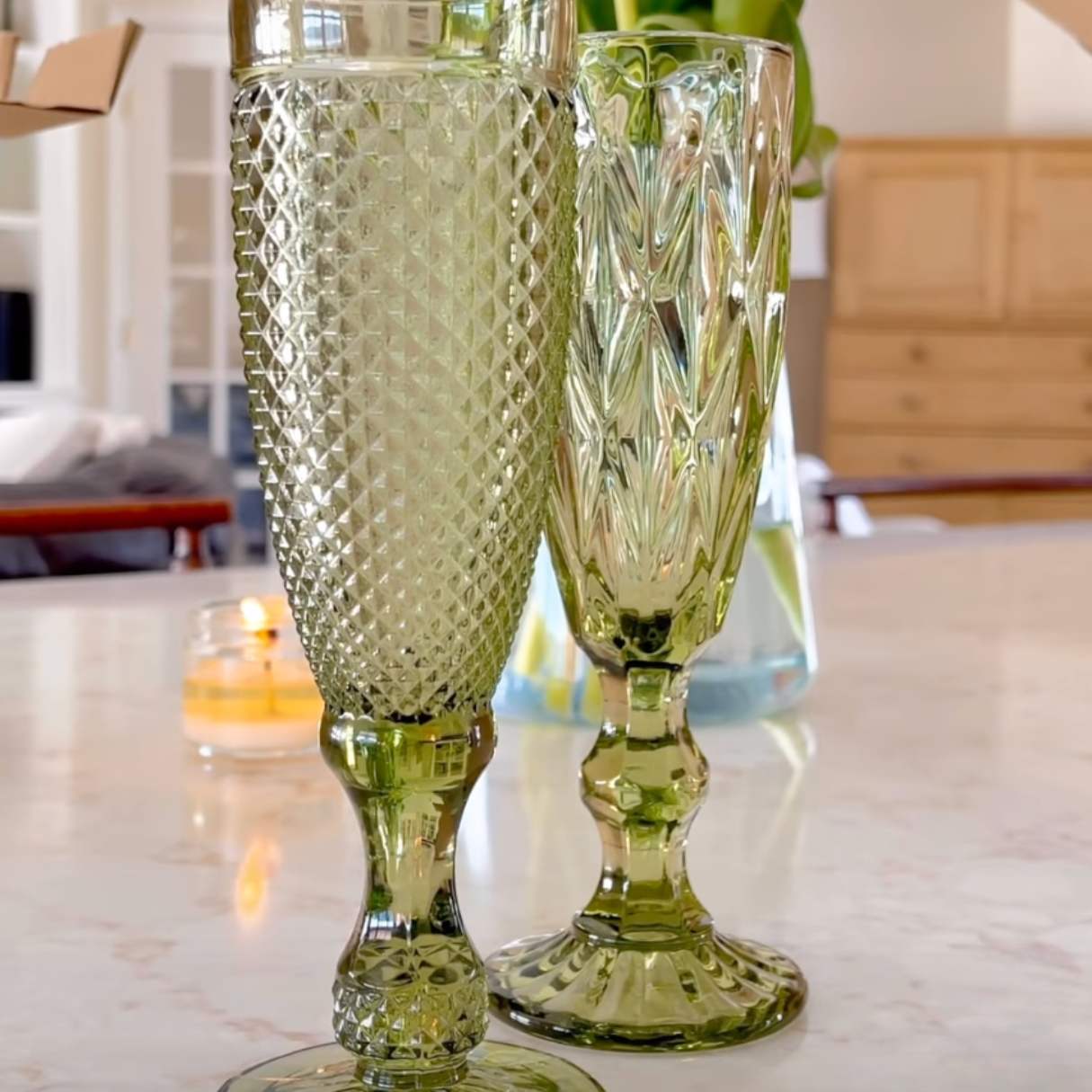
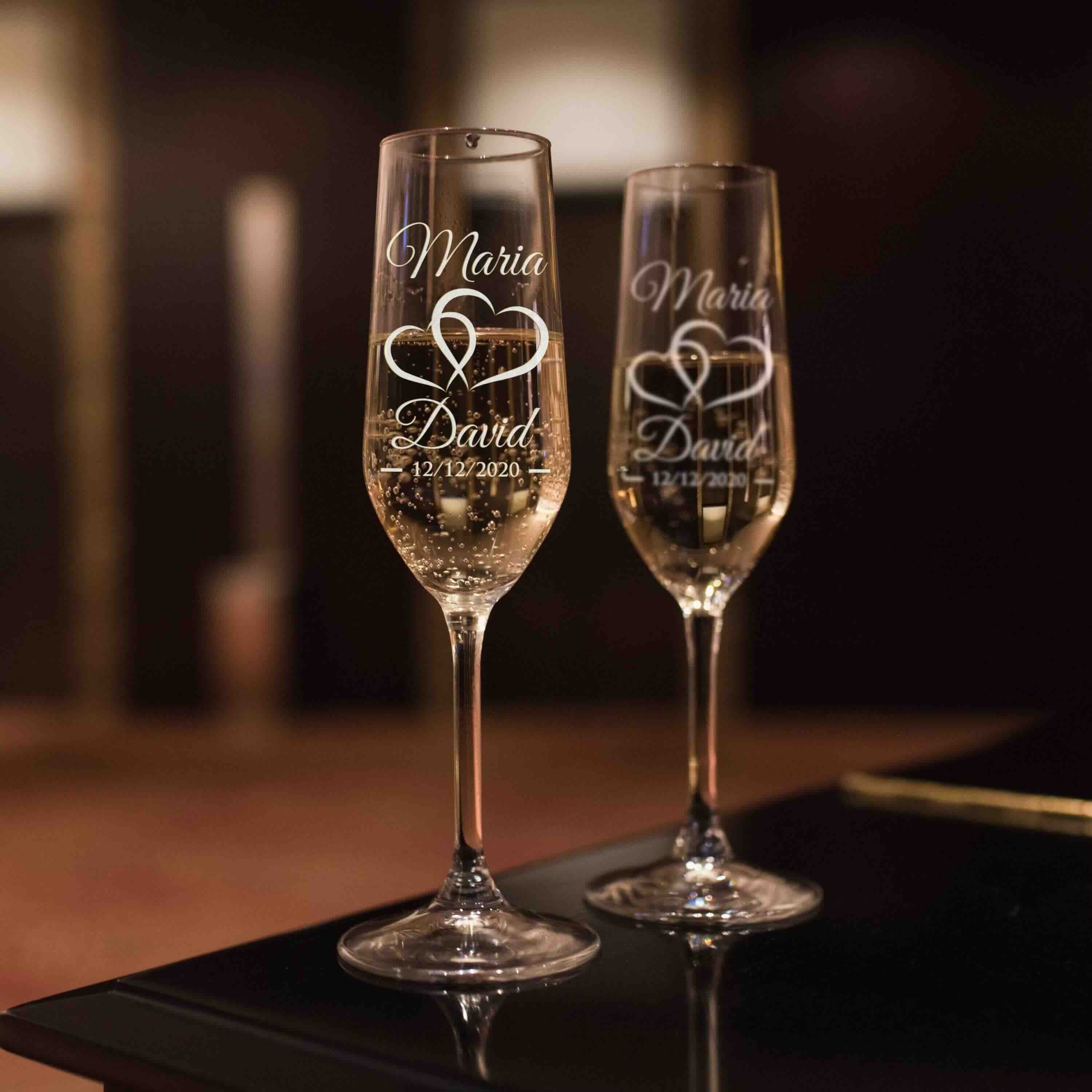
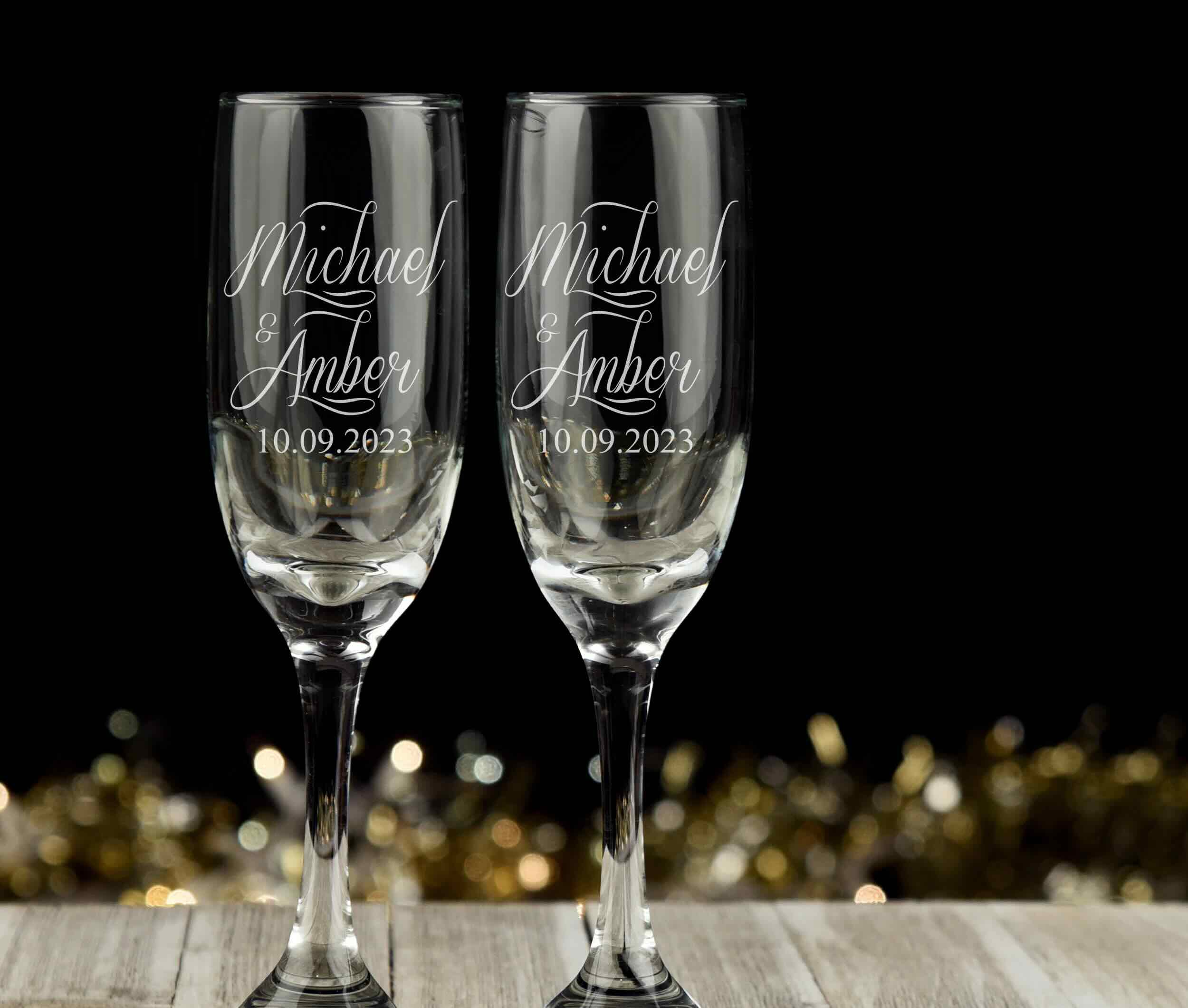


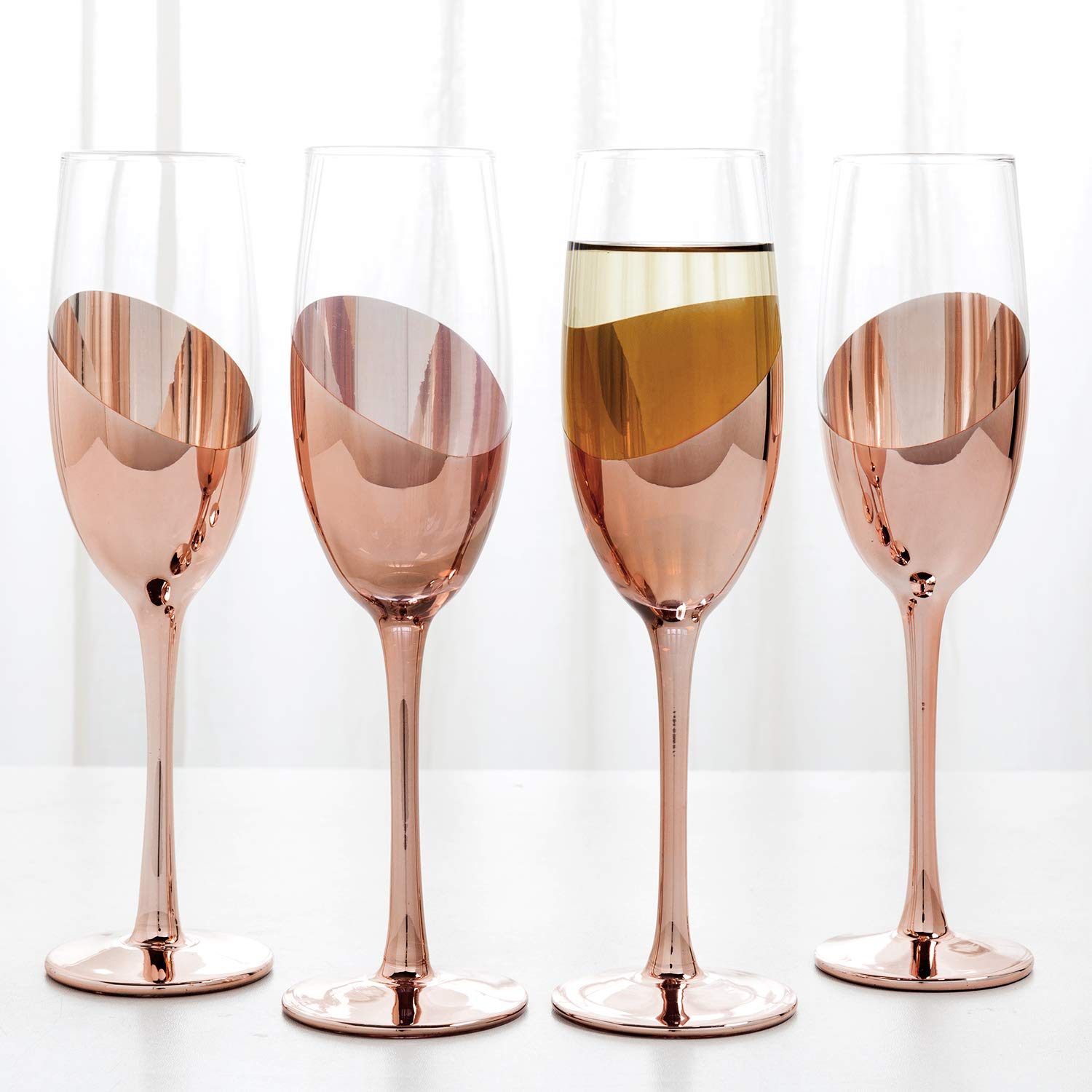
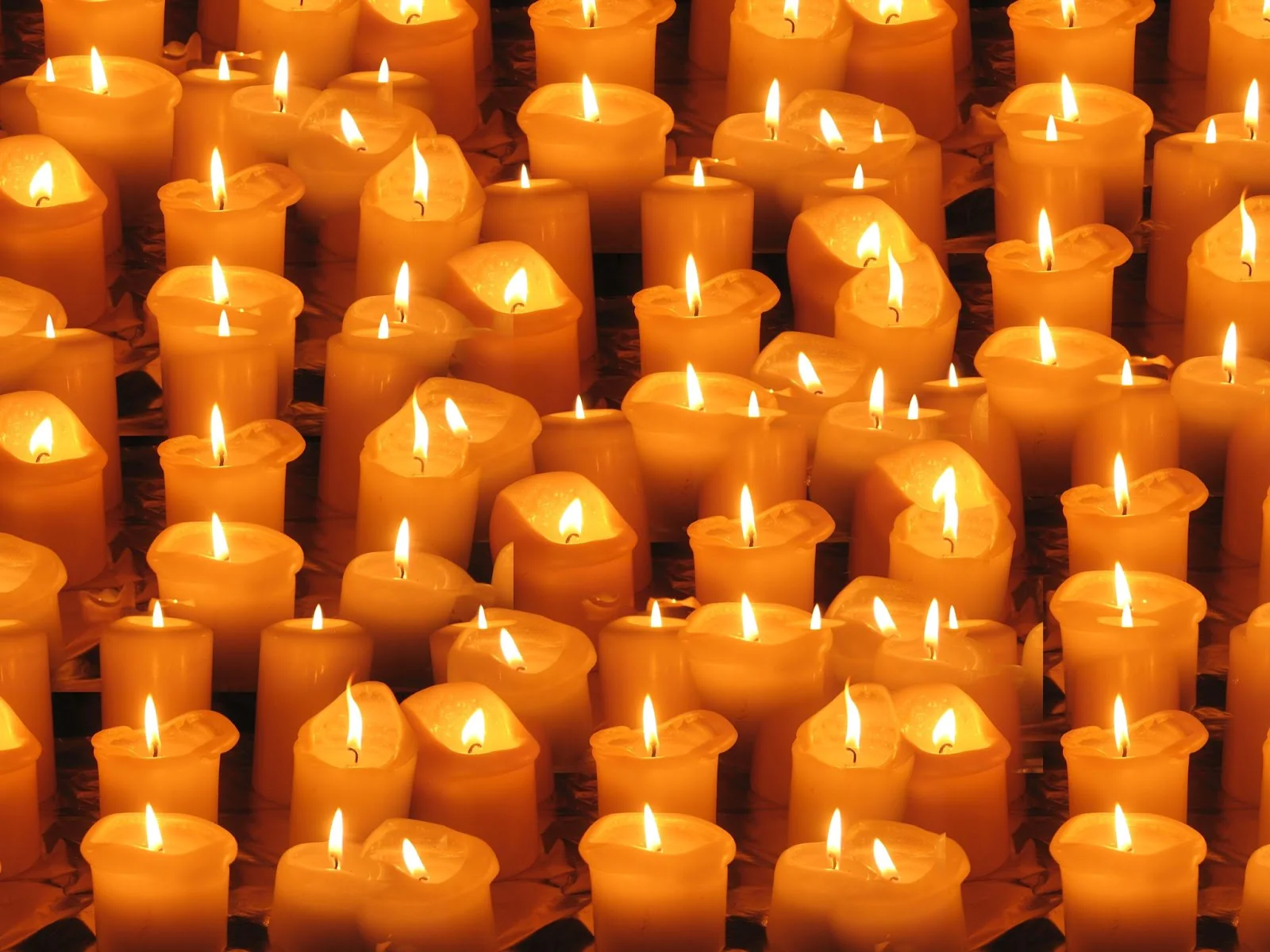

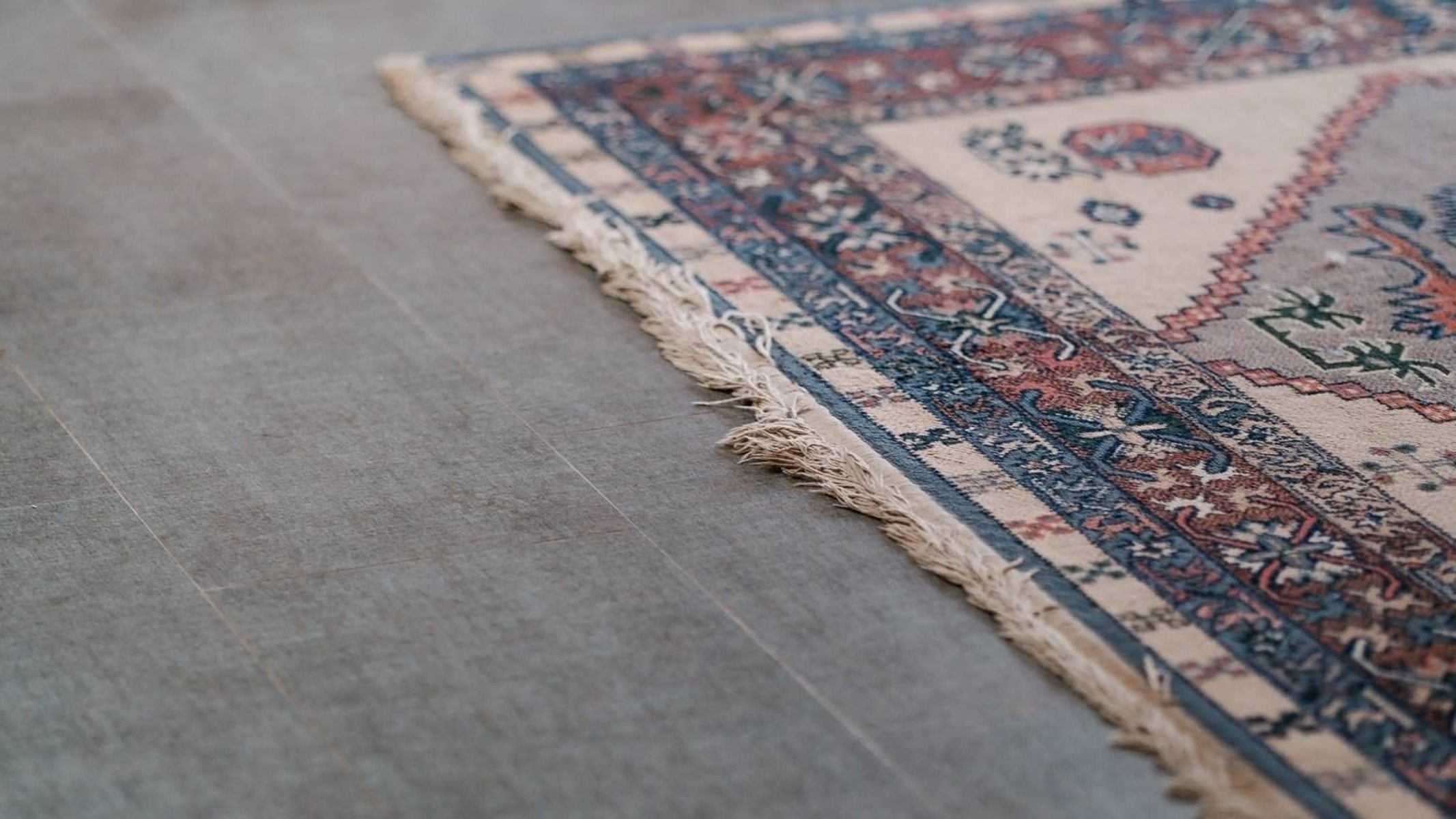


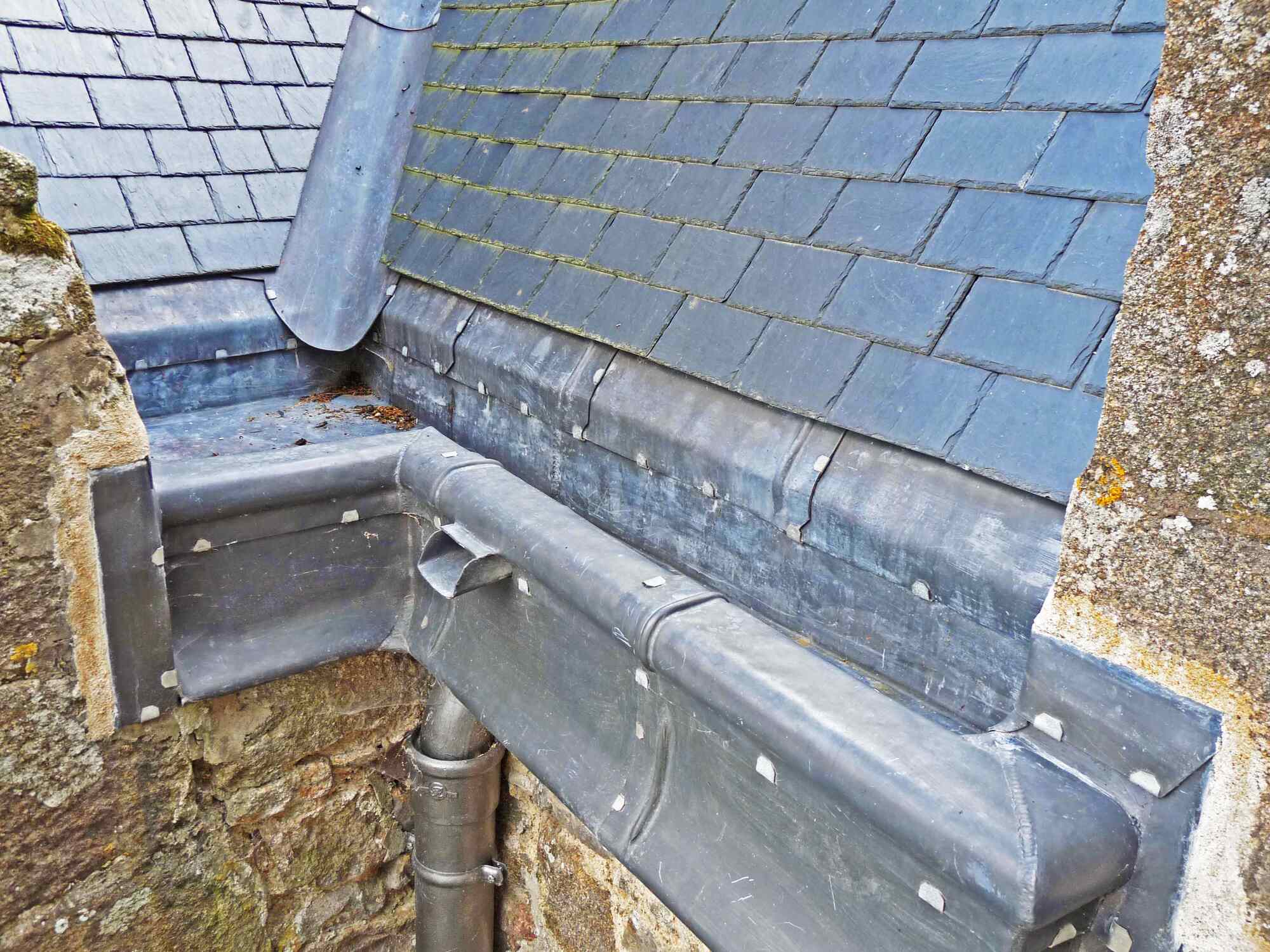
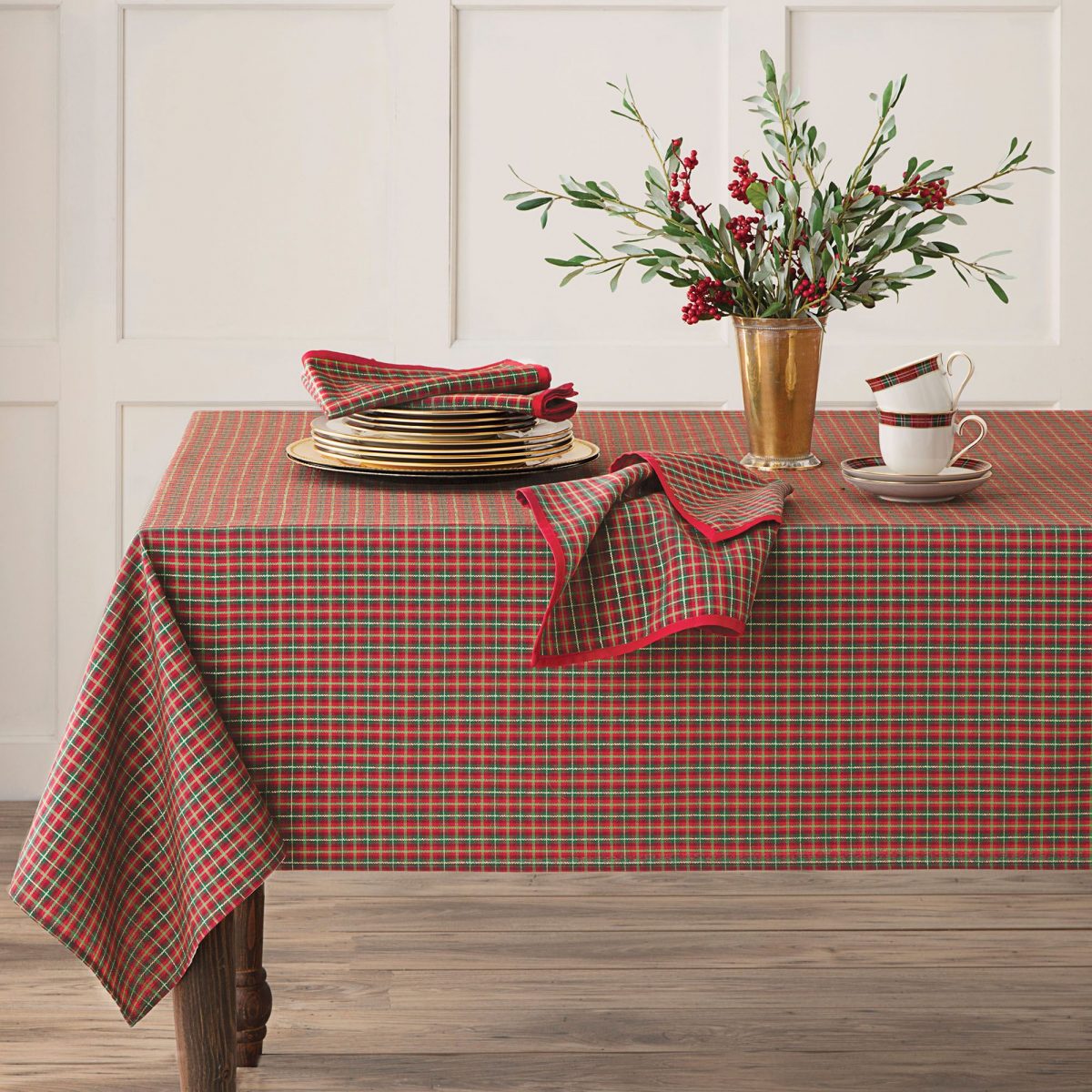
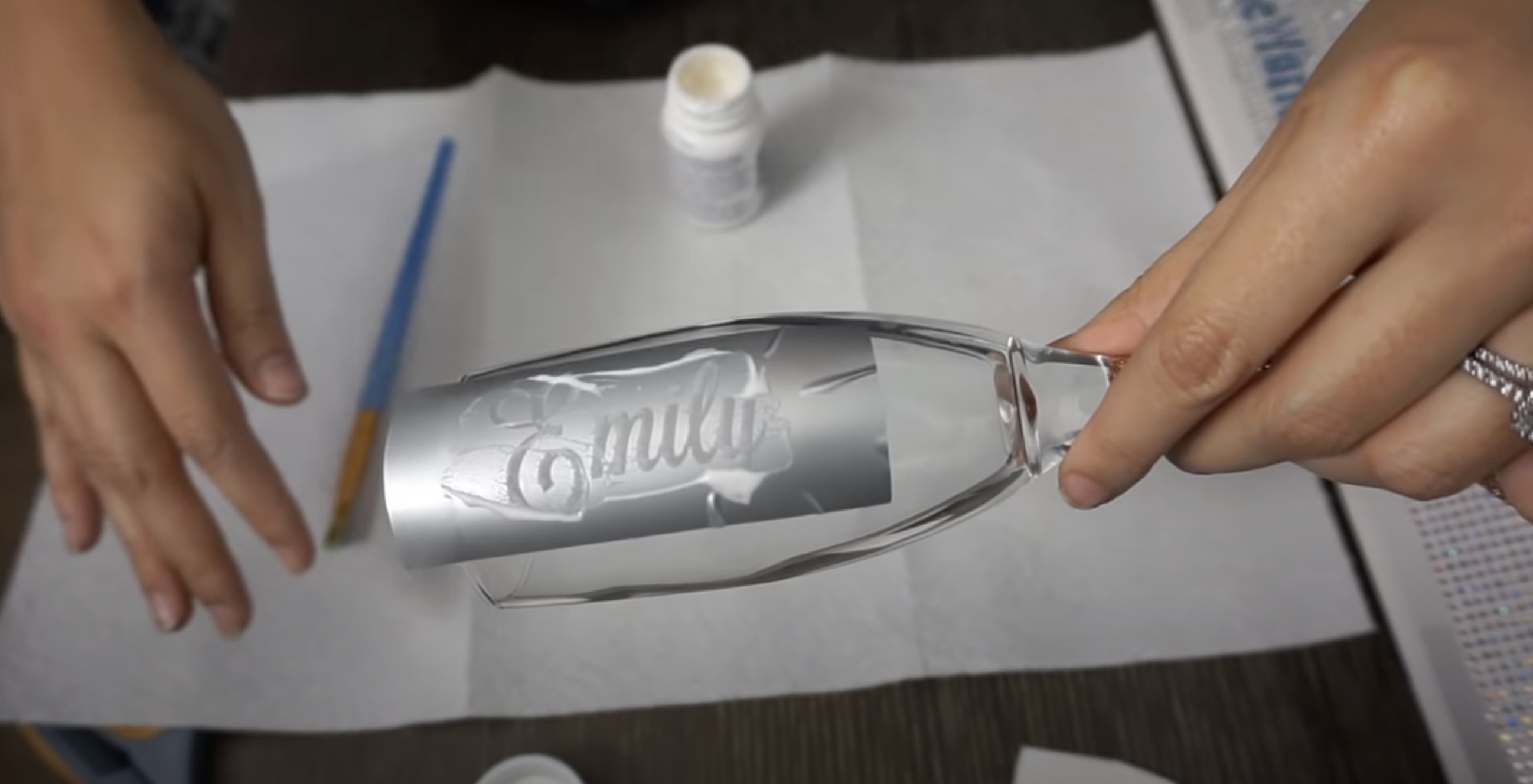

0 thoughts on “How Were Champagne Flutes Invented?”